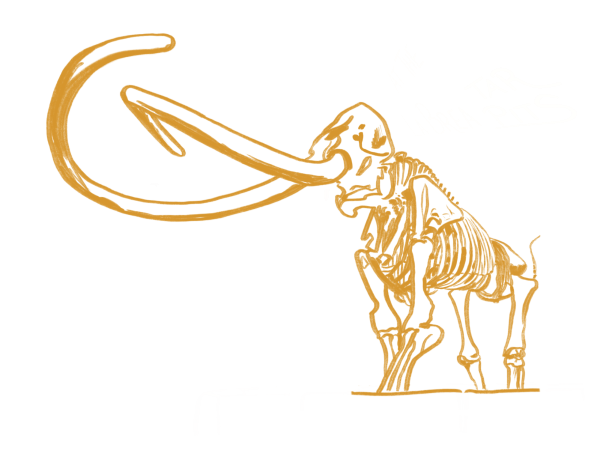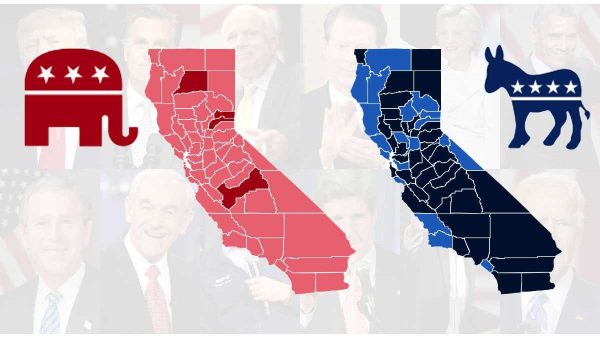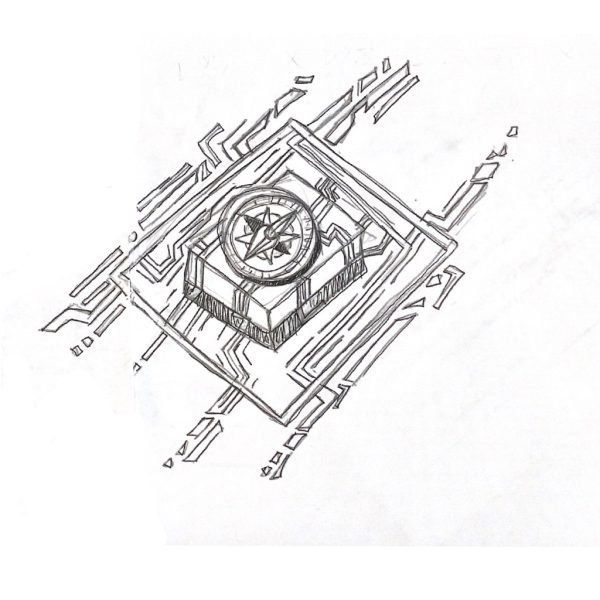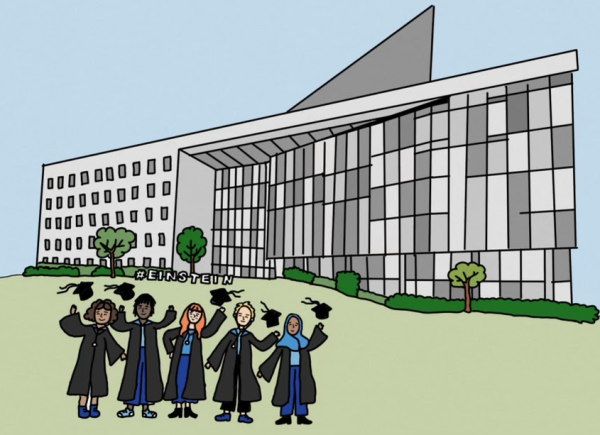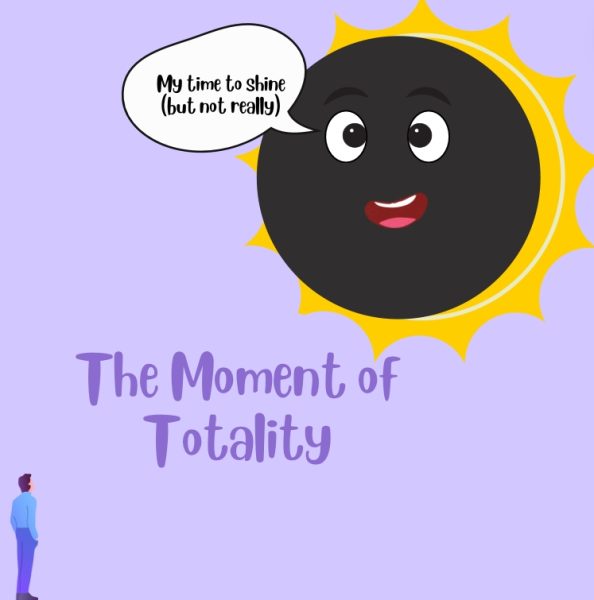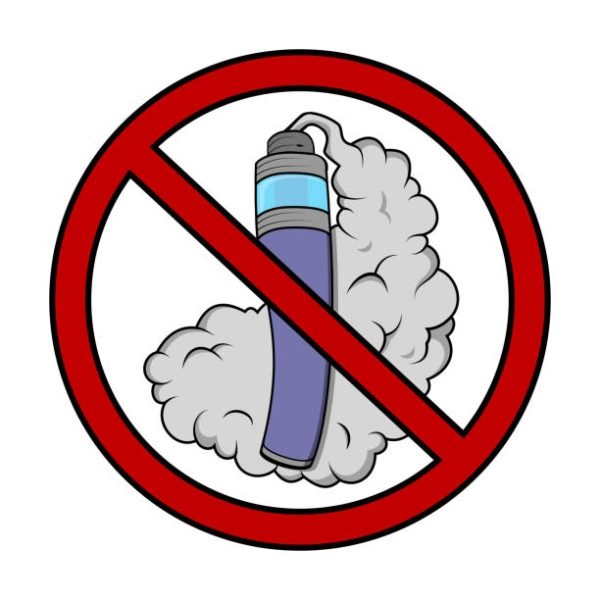The world of science is constantly evolving, meaning the education standards science teachers use to educate their students have to change regularly in order to keep everything up to date. Starting this year, all classes within the science department will be slowly implementing what is known as the Next Generation Science Standards (NGSS), a process that will take a few years to carry out fully.
California had used the old science standards, the “National Science Education Standards” and the “Benchmarks for Science Literacy,” both of which had been used for the past 15 years. The NGSS replaced these standards to keep up to date with new discoveries in the scientific community so that the curriculum is not outdated. To ensure this goal, experts from many different scientific fields gathered in 2010 to create a framework to base the NGSS on. Since then, the draft for these standards had gone through multiple revisions before states nationwide began to implement the NGSS in 2013.
“I don’t think it’ll be much of a drastic change for most of the teachers here, since we do some of [the new standards] anyway. It is a matter of paying attention to what needs to be done, and eventually the state will have a new science test. By that point, we will need to know what is on it and how we are going to teach those things,” science teacher Linda Moule said.
In order to make the transition easier for students, teachers will make sure to gradually introduce the standards. The new standard changes the curriculum to correspond to what students are expected to know from their previous classes in order to expand and introduce new ideas that relate to that prior knowledge. The new standards also expect students to receive more hands-on experience with certain subject matter, as opposed to simply taking notes in a classroom. This means that
teachers will take the time to ensure students are looking at problems more critically, where they will use prior knowledge to help solve the problem. As a whole, the subject matter is more or less the same, but the way of learning is different.
The amount of curriculum to be incorporated depends on the class. In the science department, there are two categories, life science and physical science, and each has a different set of standards. Biology, which covers a wide variety of subjects, will have more material to include in the class as opposed to anatomy, which is considered a smaller component of life science. Other examples are chemistry and physics, which are smaller components of physical science and will not have as many standards as the physical science class as a whole.
“I think the NGSS standards will better prepare students for science and engineering careers how to think critically and how to see relationships not only between different science fields but between science and other disciplines,” District Coordinator June Hilton, said.
In the past decade, there has been an increased understanding of not only the scientific world, but also how students comprehend science in the classroom. The teachers in the science department hope that the standards will not only assist in better teaching methods, but also will help to expand upon students’ understanding of science.









